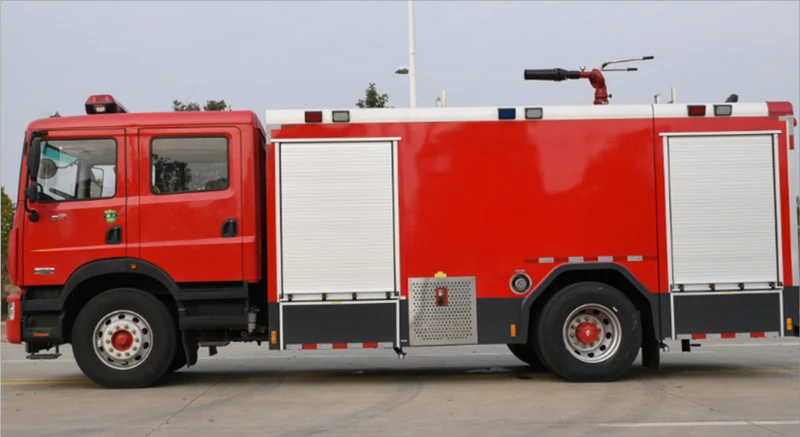a road roller
The Enigmatic Road Roller A Machine of Transformation
In the world of construction and infrastructure, few machines are as iconic as the road roller. Known for its massive size and heavy weight, the road roller is not just a simple piece of equipment; it is a symbol of progress and transformation in urban landscapes. This article delves into the significance, functioning, and the various applications of road rollers, shedding light on how they contribute to the development of modern civilization.
What is a Road Roller?
A road roller, often referred to as a steamroller, is a type of heavy engineering vehicle used primarily to compact soil, gravel, concrete, and asphalt for the construction of roads and foundations. Typically characterized by a large cylindrical drum, road rollers come in diverse sizes and designs, adapting to the needs of different projects. The basic principle behind their operation is straightforward through the application of weight and motion, they compress surfaces to create a solid base for further construction work.
The Mechanics Behind the Roller
The primary function of a road roller is to achieve an even and stable surface. The construction process typically involves multiple layers of material, with each needing precise compaction to ensure durability. The roller's drum, often weighing several tons, exerts significant pressure on the ground. Depending on the project requirements, road rollers can be equipped with either smooth or padded drums. Smooth drums are ideal for asphalt compaction, while padded drums are utilized for more cohesive materials like soil.
The operation of a road roller is often showcased in an array of construction sites, from highways to urban redevelopment projects. As the machine rolls over the surface, it applies both static and dynamic forces, which help rearrange particles within the material, maximizing density and stability.
Types of Road Rollers
There are several types of road rollers, each designed for specific tasks. The most common types include
1. Smooth Drum Rollers These are primarily used for asphalt compaction but can also be effective for soil. Their smooth surface improves the finish of the asphalt layer.
2. Padfoot Rollers Also known as sheepsfoot rollers, these machines have protruding pads on the drum. They are particularly effective for compacting cohesive soils and are often used in earthwork projects.
a road roller

3. Combination Rollers These rollers come with both smooth and padfoot drums, allowing for versatility in different compaction tasks.
4. Static Rollers Used for compacting asphalt surfaces, static rollers operate primarily through the weight of the roller itself rather than vibrations.
5. Vibratory Rollers Incorporating vibrational technology, these rollers enhance compaction efficiency by creating high-frequency vibrations that further drive down the material density.
The Impact on Infrastructure Development
The role of road rollers in infrastructure cannot be overstated. As cities expand and the need for robust roadways grows, road rollers are indispensable in ensuring that these surfaces can withstand the pressures of constant traffic. With the ability to create smooth, long-lasting roads, they facilitate economic growth by improving transportation networks and accessibility.
Furthermore, the environmental implications of poor road construction can be severe. Uneven surfaces can lead to increased wear and tear on vehicles, higher maintenance costs, and even accidents. The use of road rollers helps mitigate these issues, promoting safer travel and reduced vehicle emissions through smoother rides.
Future Innovations
As technology advances, the road roller itself is evolving. Incorporating features like GPS systems, automated controls, and hybrid engines, modern road rollers are becoming more efficient and environmentally friendly. Innovations are on the rise, with manufacturers focusing on reducing fuel consumption and enhancing operational safety through advanced sensors and monitoring systems.
Furthermore, the integration of sustainable practices in construction, such as the use of recycled materials and environmentally friendly compounds, is influencing the design and operation of road rollers.
Conclusion
The road roller is much more than a simple piece of construction machinery; it is a vital contributor to the stability and longevity of our infrastructure. As cities continue to grow and evolve, the role of the road roller remains critical in shaping a world where connectivity and accessibility can thrive. By transforming raw materials into robust surfaces, road rollers lay the groundwork for the future of urban development, proving that sometimes, the most powerful machines are those that roll.
-
SINOTRUK HOWO 84 Electric Dump Truck for Eco-Friendly Heavy HaulingNewsJul.26,2025
-
The Fast 16-Gear Manual Transmission Assembly for Heavy TrucksNewsJul.25,2025
-
Mercedes Benz Actros 1848 42 Tractor Truck for Sale - Reliable PerformanceNewsJul.24,2025
-
High-Quality Water Pump Assembly for Sinotruk Trucks – Durable & ReliableNewsJul.23,2025
-
Premium Truck Engine Antifreeze Coolant Fluid for Heavy Duty VehiclesNewsJul.22,2025
-
FOTON View G7 Mini Bus: Affordable & Spacious TransportNewsJul.22,2025
Popular products

























